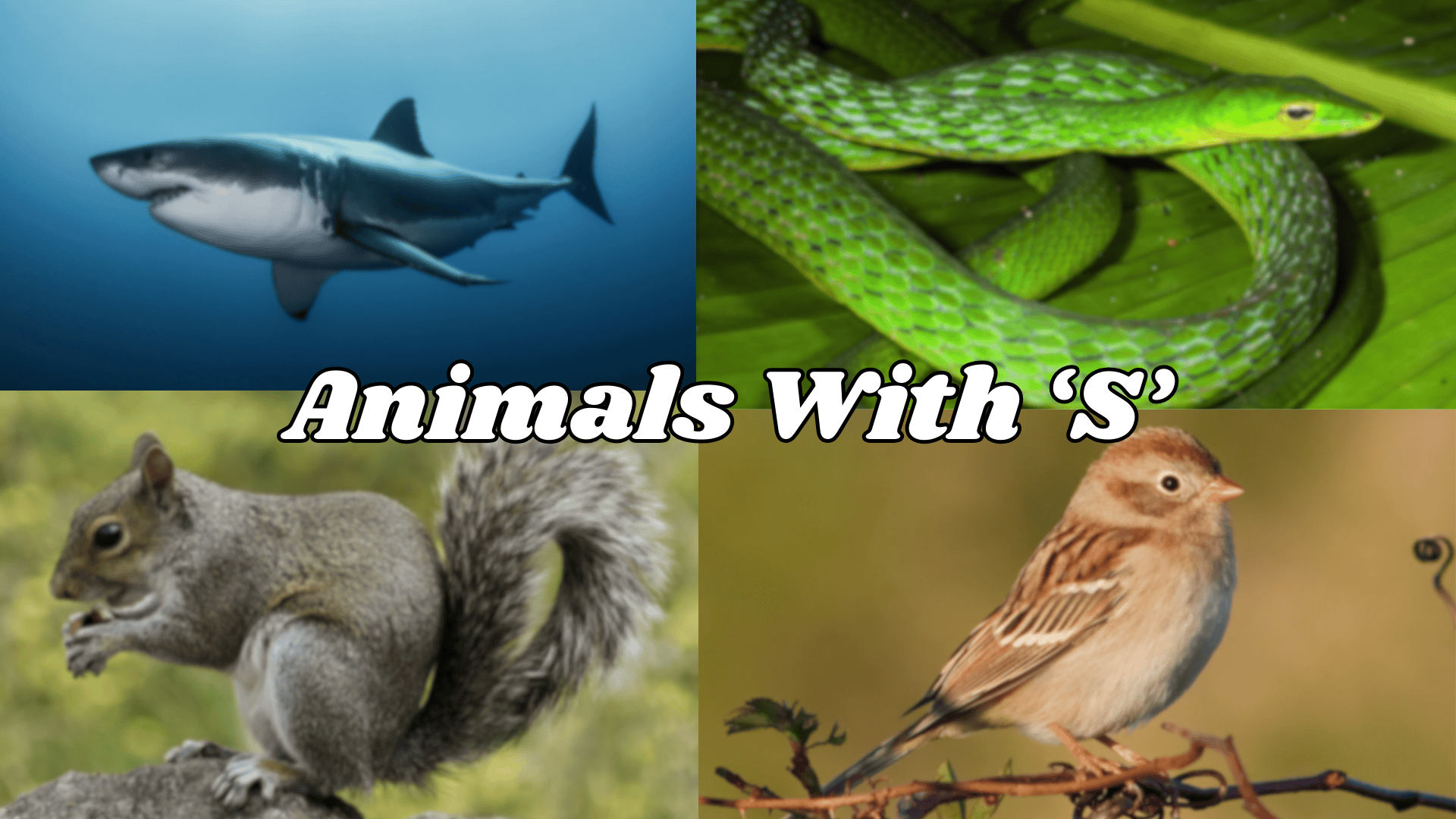
Plunge into the wild side of the alphabet with animals that start with S! From the silent stalkers of the sea to the swift sprites of the sky, these creatures showcase nature’s stunning diversity.
Sharks slice through ocean depths while squirrels scamper through treetops. Snakes slither across landscapes that seahorses never see.
The letter “S” introduces us to some of Earth’s most spectacular species – from the familiar sheep grazing peacefully to the ferocious scorpions of arid deserts.
Some, like the stately swan, symbolize grace, while others, like the skunk, are known for their distinctive defense mechanisms.
If sleek, scaly, or soft-furred, S-animals inhabit every corner of our planet, representing an extraordinary range of evolutionary adaptations. Join us as we probe this sensational segment of the animal kingdom!
Commonly Found Animals that Start with The Letter “S”
1. Shark
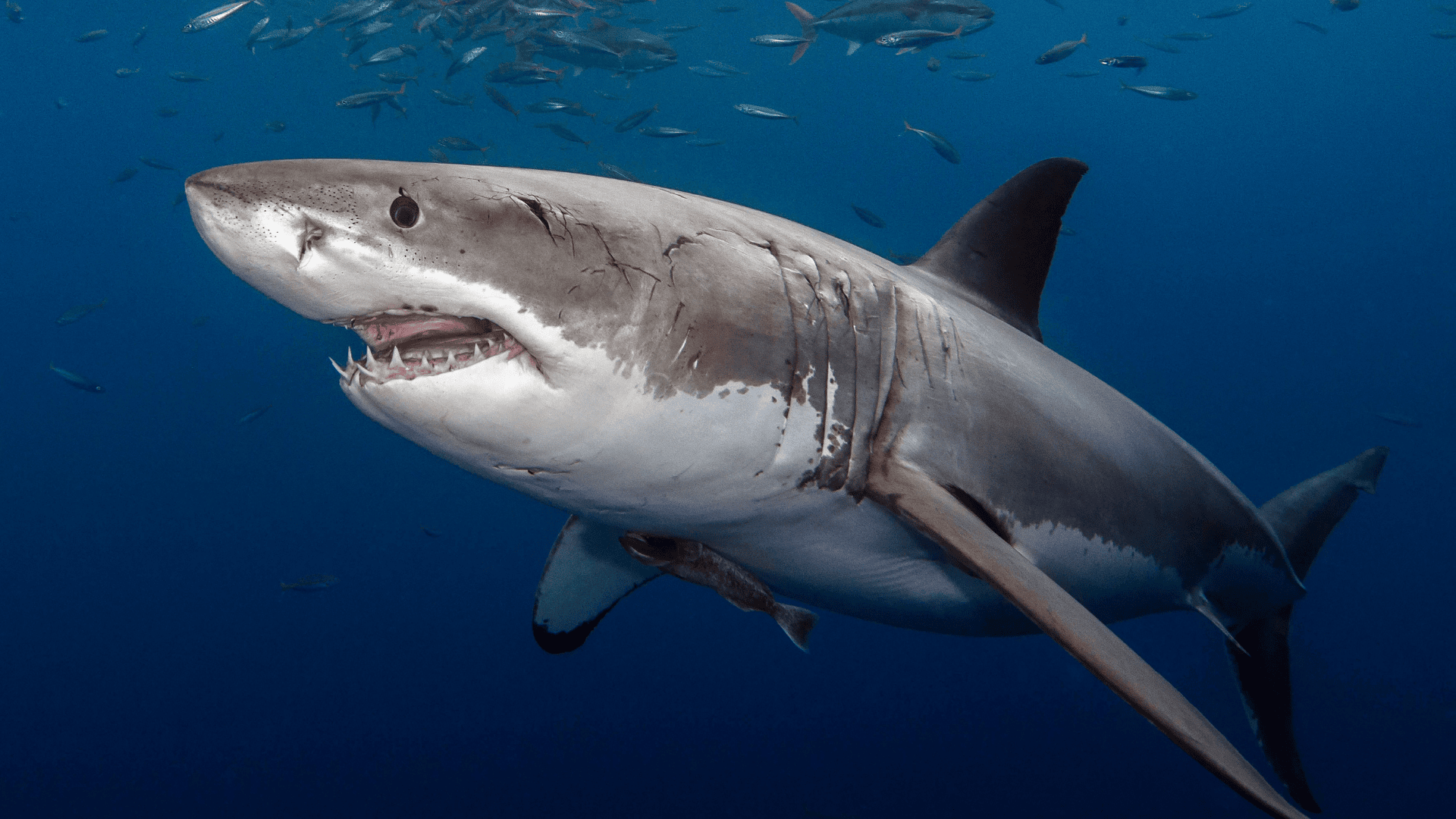
Sharks are a group of elasmobranch fish known for their streamlined bodies and sharp teeth. They are found in oceans worldwide and are key predators in marine ecosystems.
-
Region of Habitat: Oceans worldwide
-
Scientific Name: Carcharodon carcharias
-
Feeding Habits: Carnivorous, mainly feeding on fish, seals, and smaller marine animals
-
What Sound They Make: Typically silent, but some species produce low-frequency sounds for communication
Fun Facts
Sharks have been around for over 400 million years, making them older than trees. Some species, like the great white, can swim at speeds of up to 25 miles per hour.
2. Snake
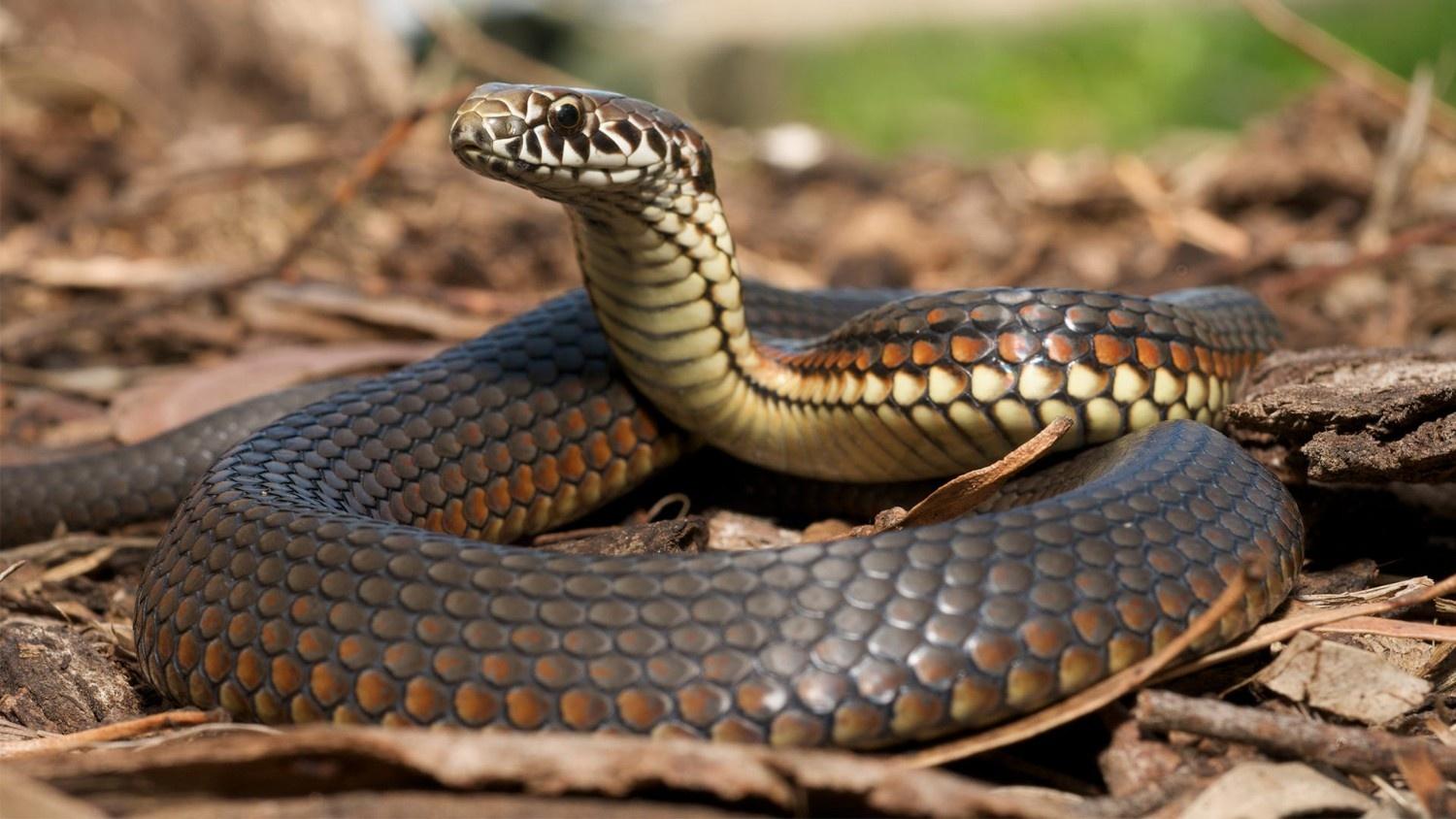
Snakes are legless reptiles found worldwide, with various species inhabiting forests, deserts, and grasslands. They use their scales for movement and are known for their flexible jaws.
-
Region of Habitat: Forests, deserts, grasslands, and tropical regions
-
Scientific Name: Serpentes (suborder)
-
Feeding Habits: Carnivorous, feeding on small mammals, birds, and amphibians
-
What Sound They Make: Most snakes are silent, but some species hiss when threatened
Fun Facts
Snakes can dislocate their jaws to swallow prey much larger than their heads. They also have specialized heat-sensing pits to detect warm-blooded animals.
3. Squirrel
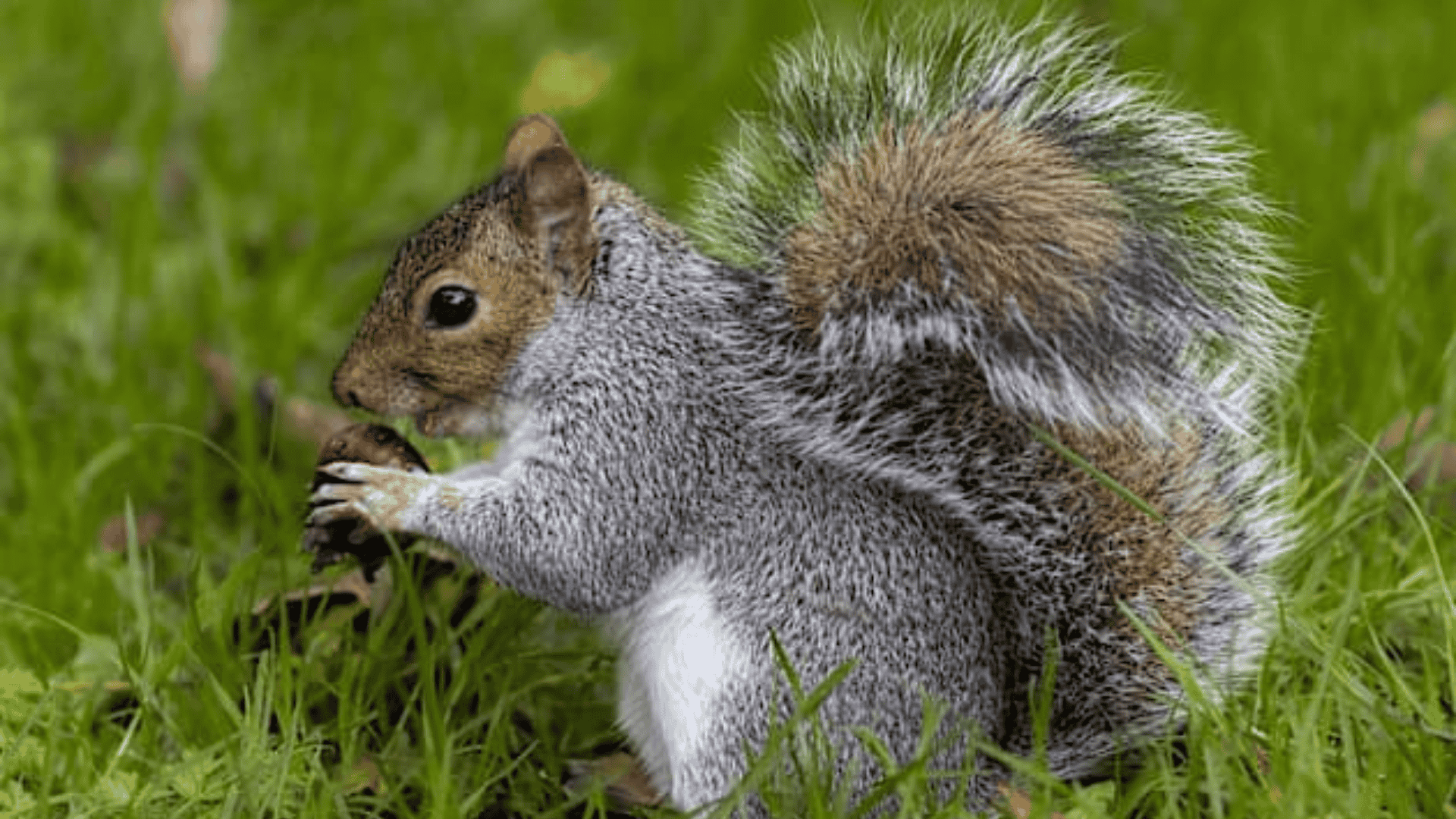
Squirrels are small rodents that are known for their bushy tails and agility in climbing trees. They are often seen in parks and forests and are active during the day.
-
Region of Habitat: Forests, parks, and urban areas
-
Scientific Name: Sciurus
-
Feeding Habits: Herbivorous, primarily feeding on nuts, seeds, and fruits
-
What Sound They Make: Squirrels make high-pitched squeaks and tail flicks for communication
Fun Facts
Squirrels plant hundreds of trees every year by forgetting where they buried their nuts. They can jump distances of up to 10 times the length of their body.
4. Spider
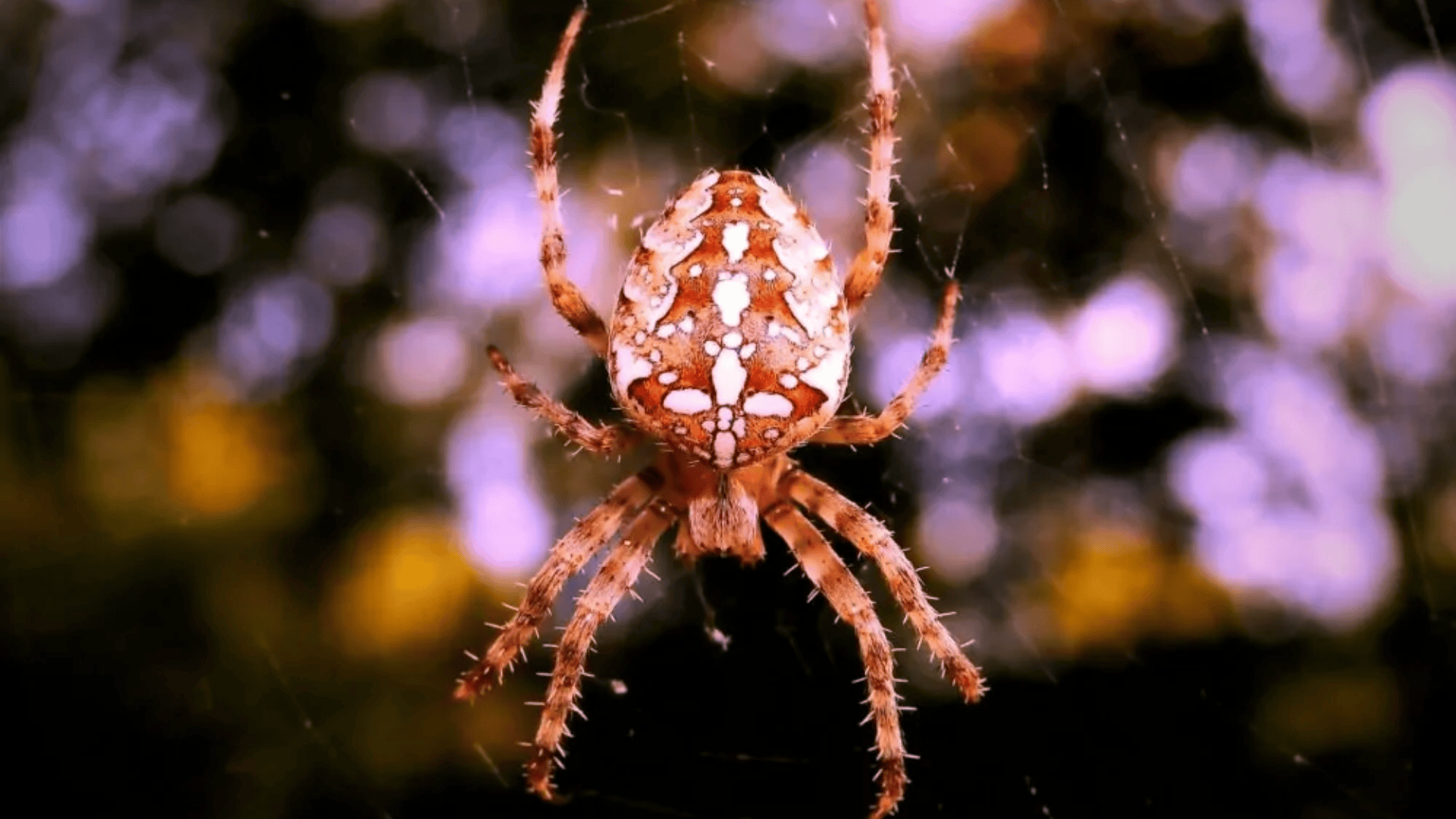
Spiders are arachnids that can be found in almost every habitat on Earth. They are known for their ability to spin webs and their diverse hunting methods.
-
Region of Habitat: Found worldwide in forests, deserts, and homes
-
Scientific Name: Araneae
-
Feeding Habits: Carnivorous, often preying on insects and small animals
-
What Sound They Make: Generally silent, but some species may vibrate their webs to communicate
Fun Facts
Some species of spiders can create webs so strong that they can catch prey many times their size. Spiders also produce silk that is stronger than steel for their size.
5. Seal
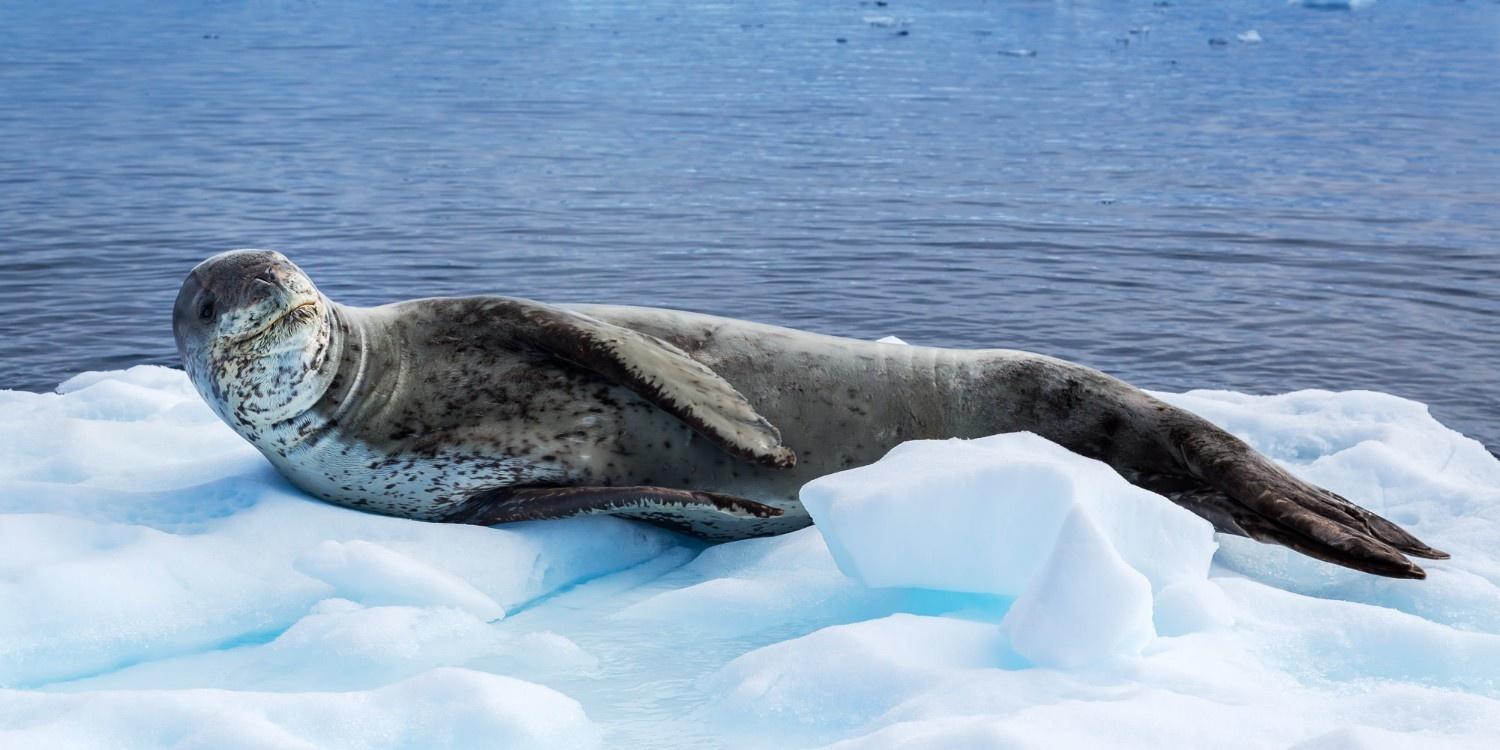
Seals are marine mammals that are known for their playful behavior and excellent swimming abilities. They can be found in both polar and temperate waters.
-
Region of Habitat: Coastal areas in both cold and temperate waters
-
Scientific Name: Pinnipedia (family)
-
Feeding Habits: Carnivorous, primarily feeding on fish, squid, and krill
-
What Sound They Make: Seals make barking, growling, and grunting sounds
Fun Facts
Seals can dive over 1,000 feet deep into the ocean and hold their breath for up to 30 minutes while hunting.
6. Sheep
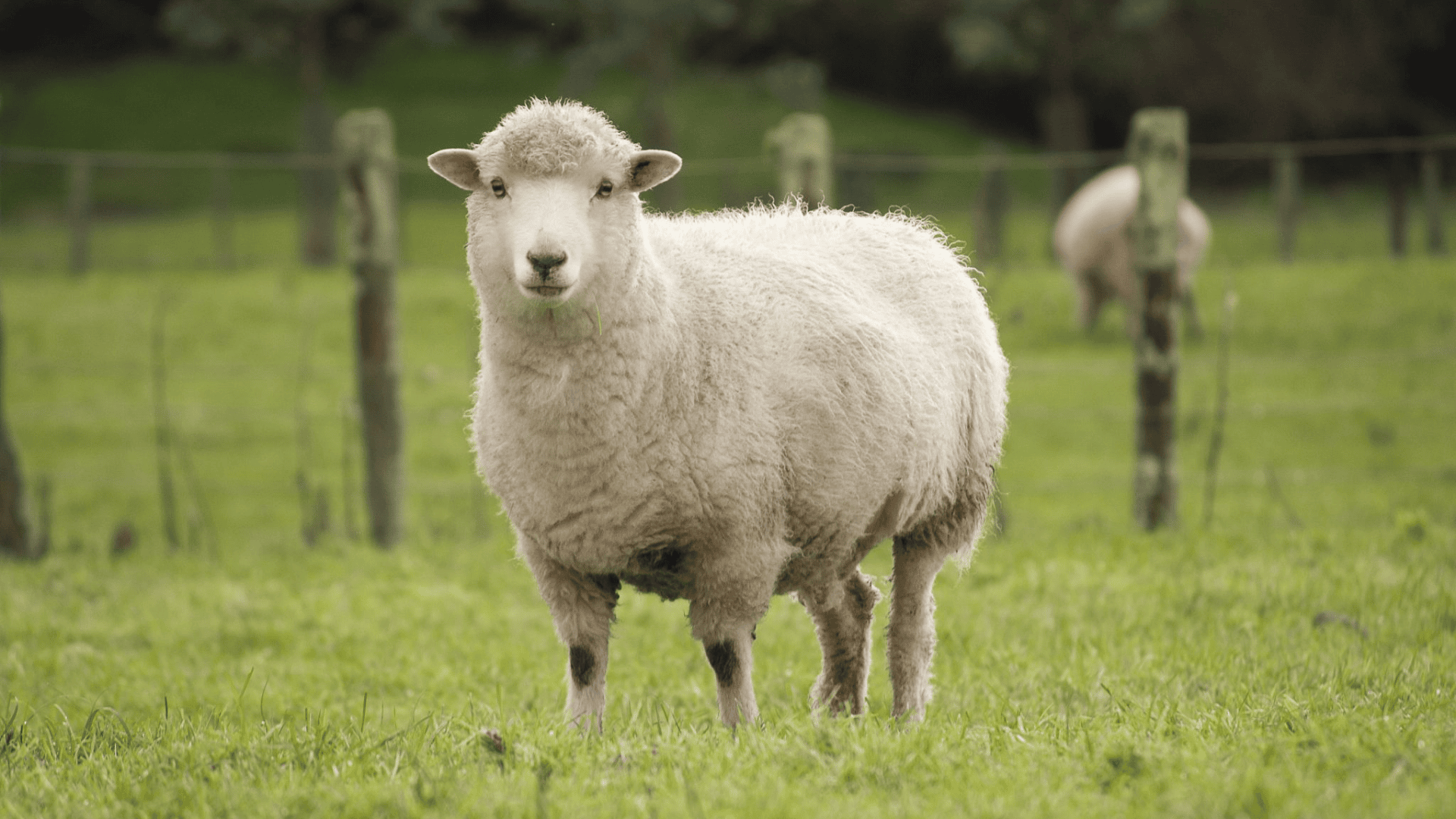
Sheep are domesticated mammals commonly raised for their wool, milk, and meat. They are known for their flocking behavior and docile nature.
-
Region of Habitat: Worldwide, in both farms and wild mountainous regions
-
Scientific Name: Ovis aries
-
Feeding Habits: Herbivorous, feeding on grasses, herbs, and shrubs
-
What Sound They Make: Sheep bleat, which is a vocalization to communicate with others in the flock
Fun Facts
Sheep can recognize the faces of other sheep and humans and remember them for years. They are also very social animals and prefer to live in flocks.
7. Salmon
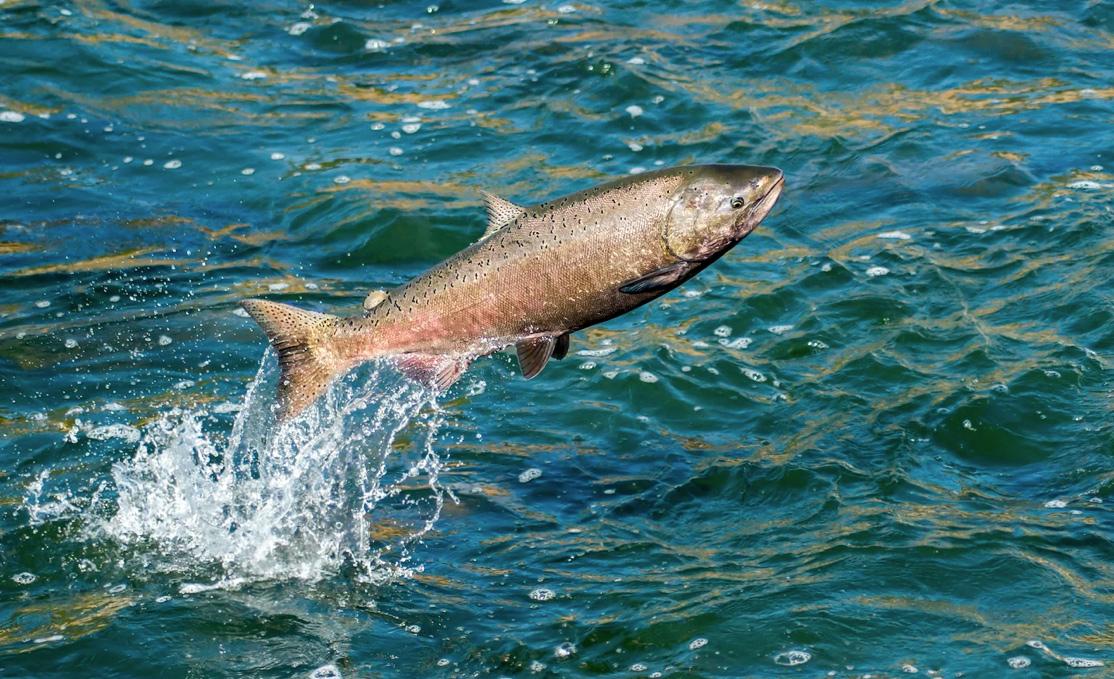
Salmon are anadromous fish that are famous for migrating from the ocean to freshwater streams to spawn. They are found in the northern hemisphere.
-
Region of Habitat: Rivers, lakes, and oceans in the northern hemisphere
-
Scientific Name: Salmo salar
-
Feeding Habits: Carnivorous, primarily eating smaller fish and invertebrates
-
What Sound They Make: Salmon are typically silent but can splash in the water.
Fun Facts
Salmon can swim up to 2,000 miles during their migration to spawn. Some salmon species can leap up waterfalls during migration.
8. Seahorse
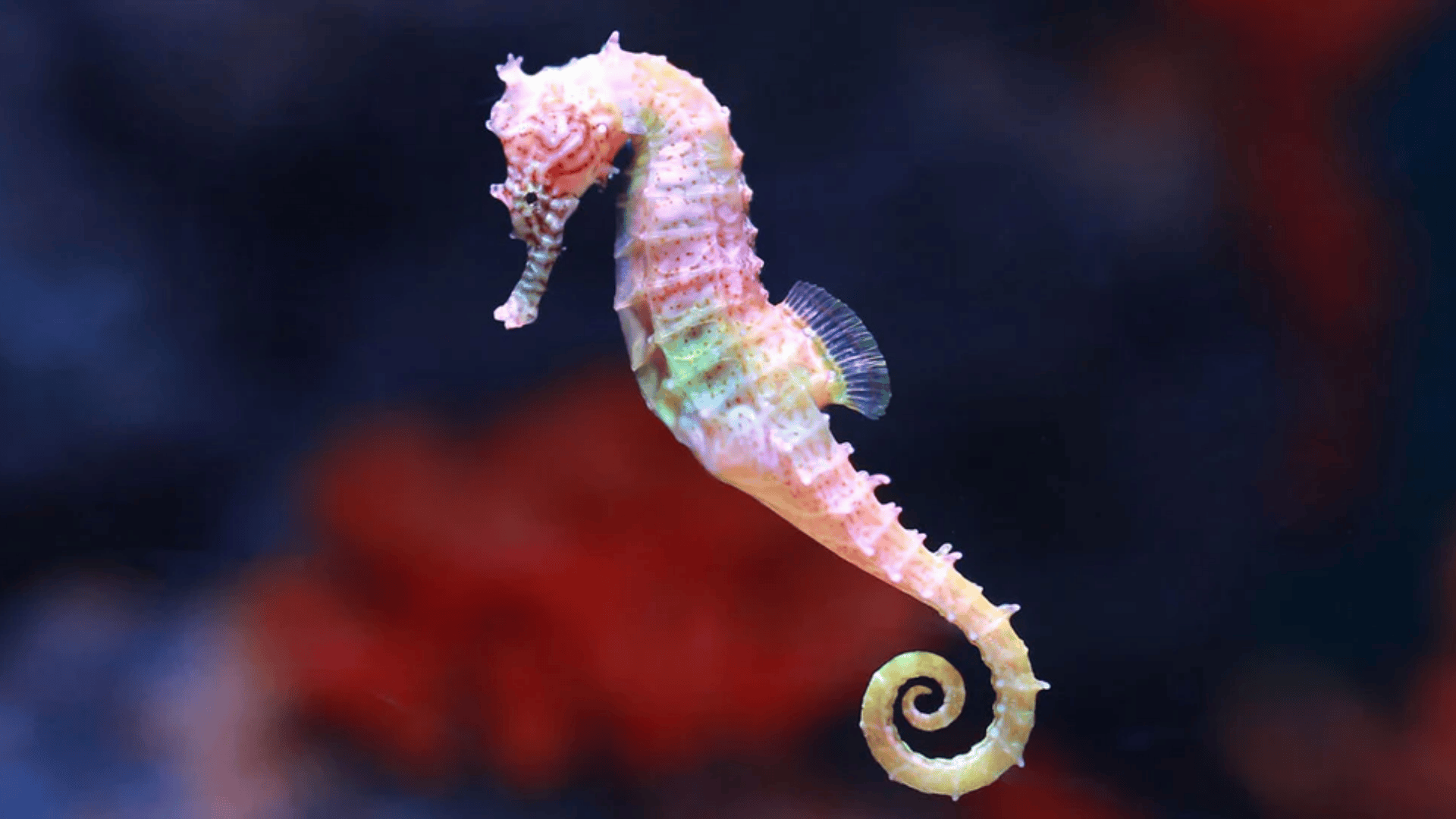
Seahorses are small marine fish known for their upright posture and horse-like heads. They are slow swimmers and often found in shallow waters.
-
Region of Habitat: Shallow coastal waters, seagrass beds, and coral reefs
-
Scientific Name: Hippocampus
-
Feeding Habits: Carnivorous, primarily feeding on small crustaceans and plankton
-
What Sound They Make: Silent, but can make popping or clicking sounds when interacting with each other
Fun Facts
Male seahorses carry and give birth to the young, which is a unique trait in the animal kingdom. They can change color to blend into their environment for protection.
9. Swan
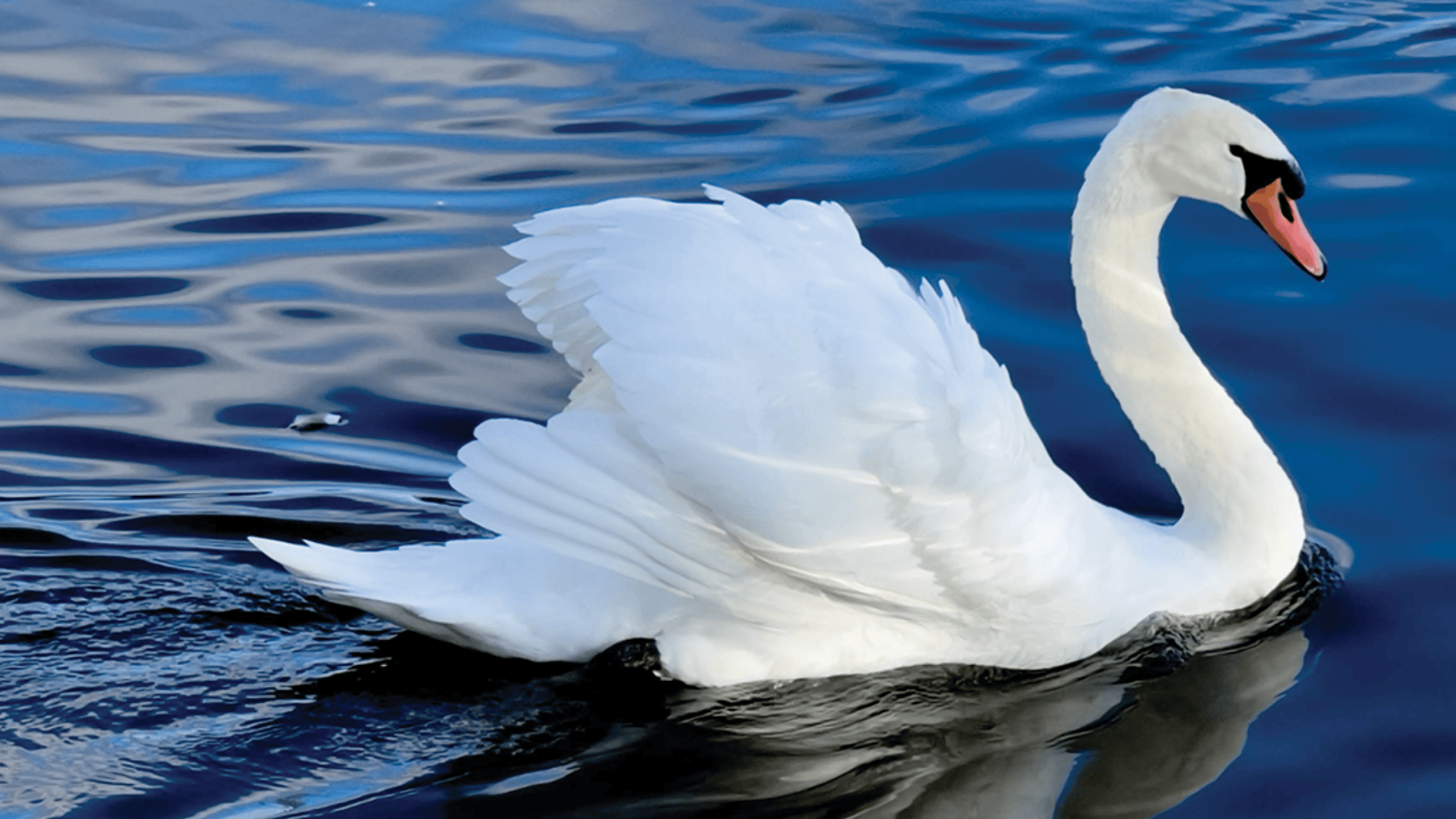
Swans are large, graceful waterfowl known for their long necks and distinctive white feathers. They are often found in lakes, rivers, and marshes.
-
Region of Habitat: Lakes, rivers, and wetlands
-
Scientific Name: Cygnus
-
Feeding Habits: Herbivorous, feeding on aquatic plants, grasses, and algae
-
What Sound They Make: Swans make a range of honking, trumpeting, and grunting sounds
Fun Facts
Swans mate for life, forming strong family bonds. They also have a remarkable ability to fly up to 60 miles per hour during migration.
10. Skunk
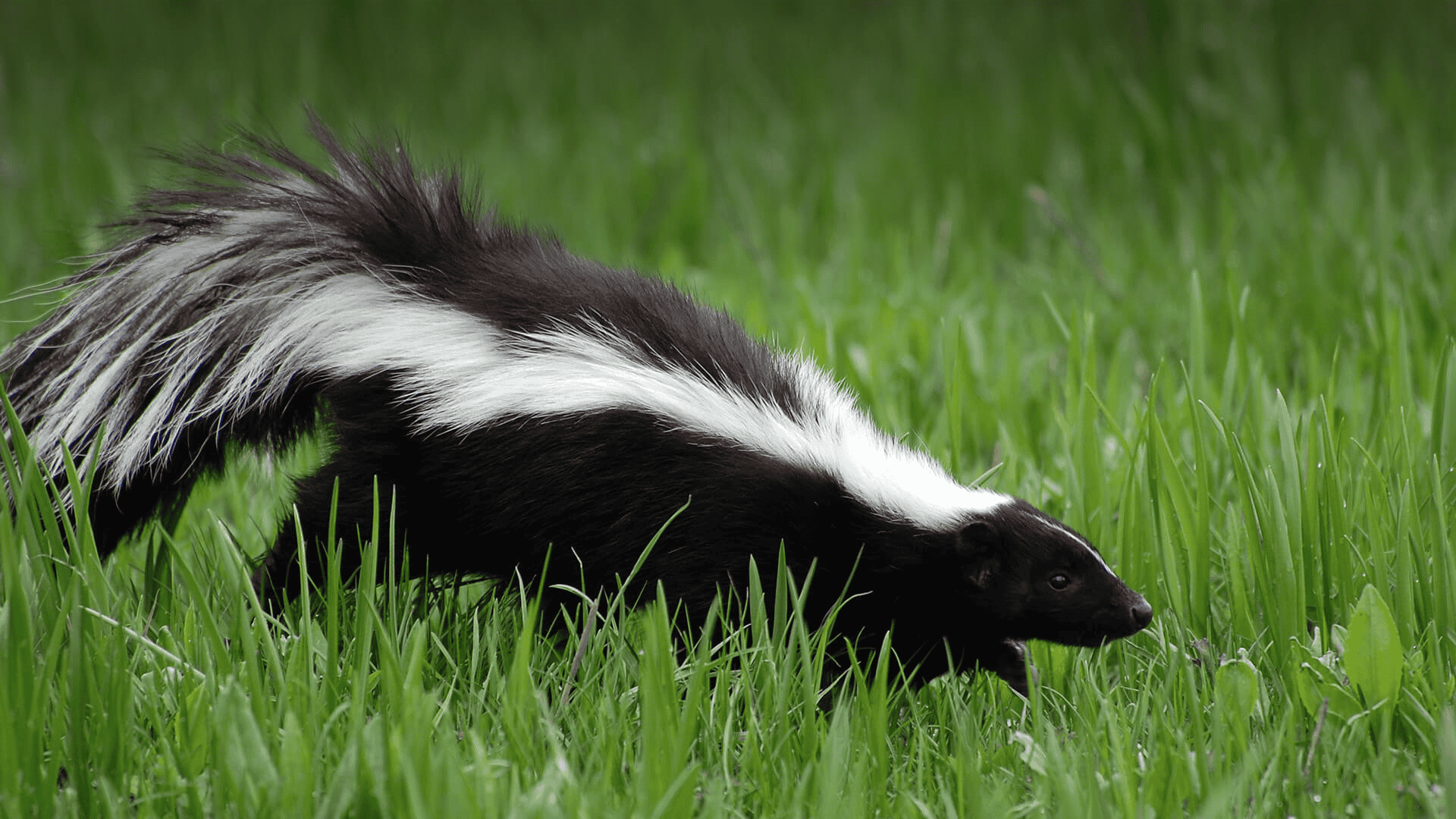
Skunks are nocturnal creatures known for their distinctive black-and-white coloring and the strong odor they can spray as a defense mechanism.
-
Region of Habitat: North and South America, found in forests and grasslands
-
Scientific Name: Mephitidae
-
Feeding Habits: Omnivorous, eating insects, small mammals, and plants
-
What Sound They Make: Skunks make grunting, chattering, and screeching noises
Fun Facts
Skunks are known for their defensive spray, which can travel up to 10 feet. When threatened, they use this powerful spray as a last resort.
11. Shrimp
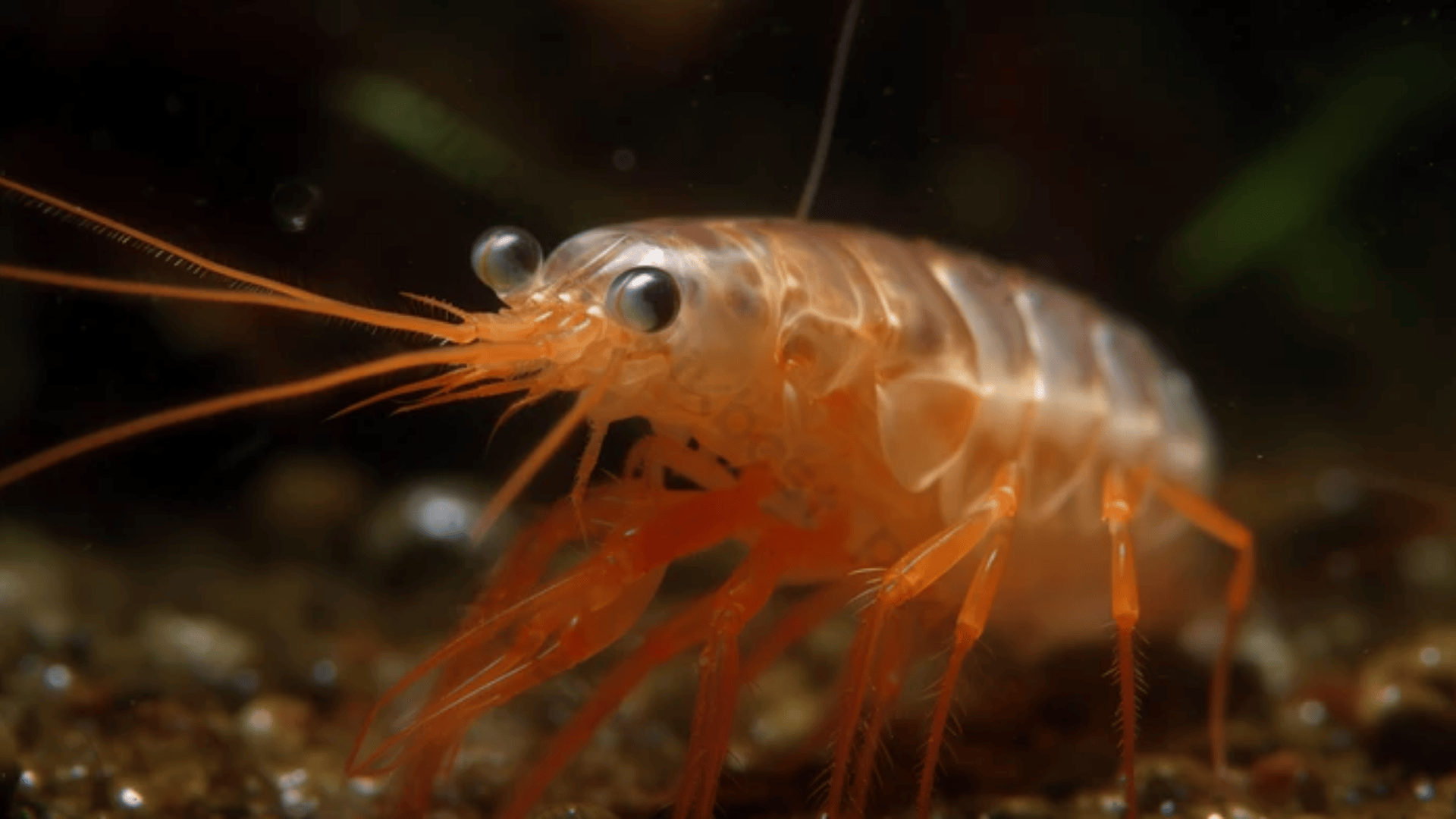
Shrimp are small marine creatures often found in saltwater and freshwater. They are widely consumed as seafood.
-
Region of Habitat: Oceans, rivers, and lakes worldwide
-
Scientific Name: Caridea
-
Feeding Habits: Omnivorous, feeding on algae, plankton, and detritus
-
What Sound They Make: Shrimp are typically silent but can make clicking noises using specialized appendages
Fun Facts
Some species of shrimp can jump up to 3 feet in the air to escape predators. They also communicate through rapid movements and the sound of their snapping claws.
12. Sparrow
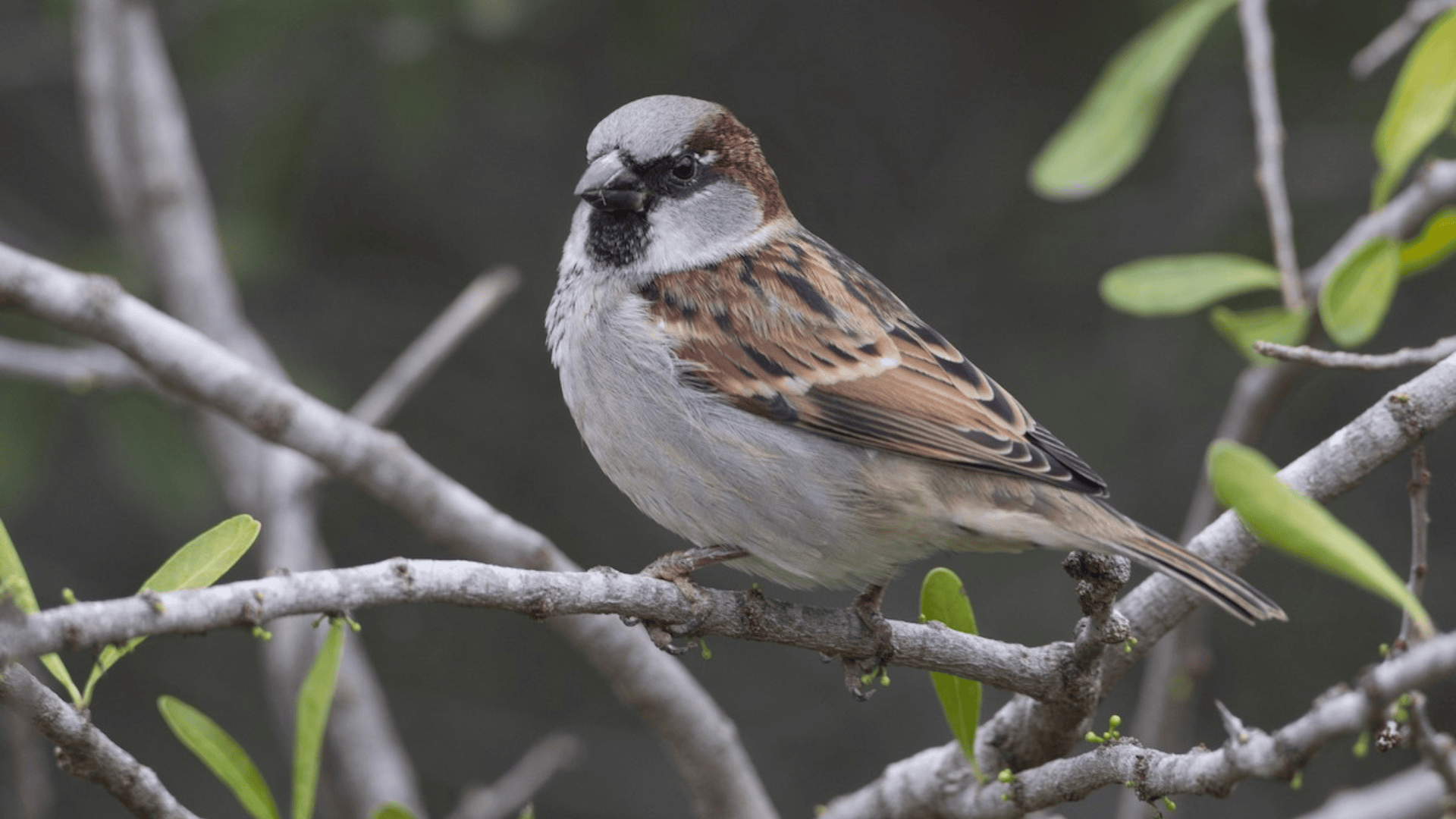
Sparrows are small passerine birds found across the world. They are known for their chirping sounds and adaptability to urban environments.
-
Region of Habitat: Found in cities, forests, and fields worldwide
-
Scientific Name: Passeridae
-
Feeding Habits: Omnivorous, eating seeds, fruits, and insects
-
What Sound They Make: Sparrows chirp and sing a variety of short, high-pitched songs
Fun Facts
Sparrows are among the most widespread birds globally, with over 35 species. They are also known for their ability to thrive in urban environments, often seen in cities.
13. Starfish
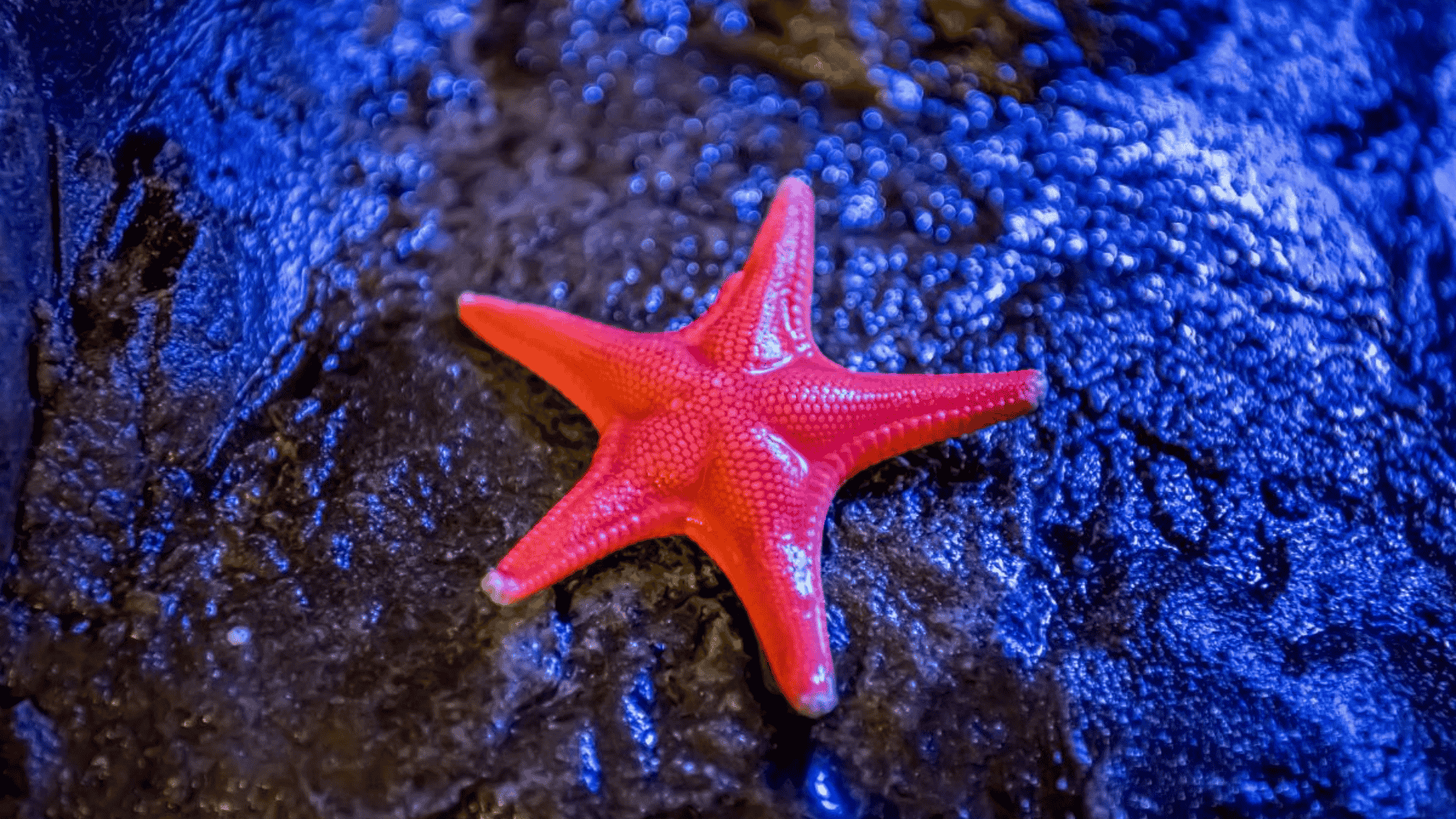
Starfish, or sea stars, are marine invertebrates known for their star-shaped bodies and slow movements. They are found in oceans worldwide.
-
Region of Habitat: Ocean floors, from tidal zones to deep ocean
-
Scientific Name: Asteroidea
-
Feeding Habits: Carnivorous, feeding on mollusks, small fish, and detritus
-
What Sound They Make: Starfish do not make sounds as they lack vocal cords
Fun Facts
Starfish can regenerate lost limbs, and some species can even grow a new starfish from just one arm. They also have no brain, but they manage to survive and thrive in diverse ocean environments.
14. Sloth
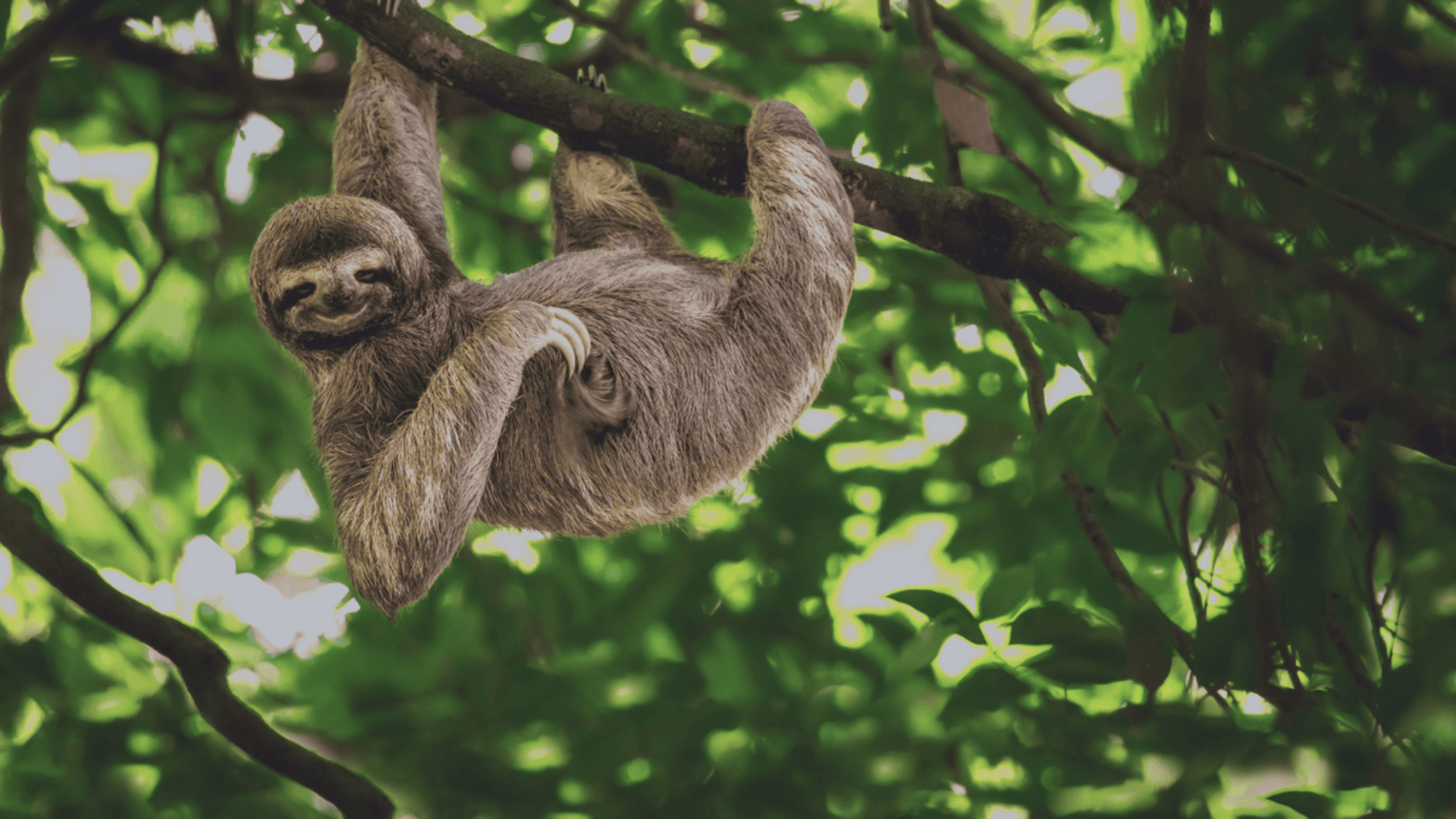
Sloths are slow-moving mammals native to Central and South America. They spend most of their time in trees and are known for their relaxed lifestyle.
-
Region of Habitat: Tropical forests in Central and South America
-
Scientific Name: Bradypodidae
-
Feeding Habits: Herbivorous, mainly eating leaves, fruit, and flowers
-
What Sound They Make: Sloths make low, grunt-like sounds or a series of squeaks
Fun Facts
Sloths are so slow that algae often grows on their fur, giving them a greenish tint. They sleep for up to 20 hours a day, making them one of the most relaxed animals.
15. Snail
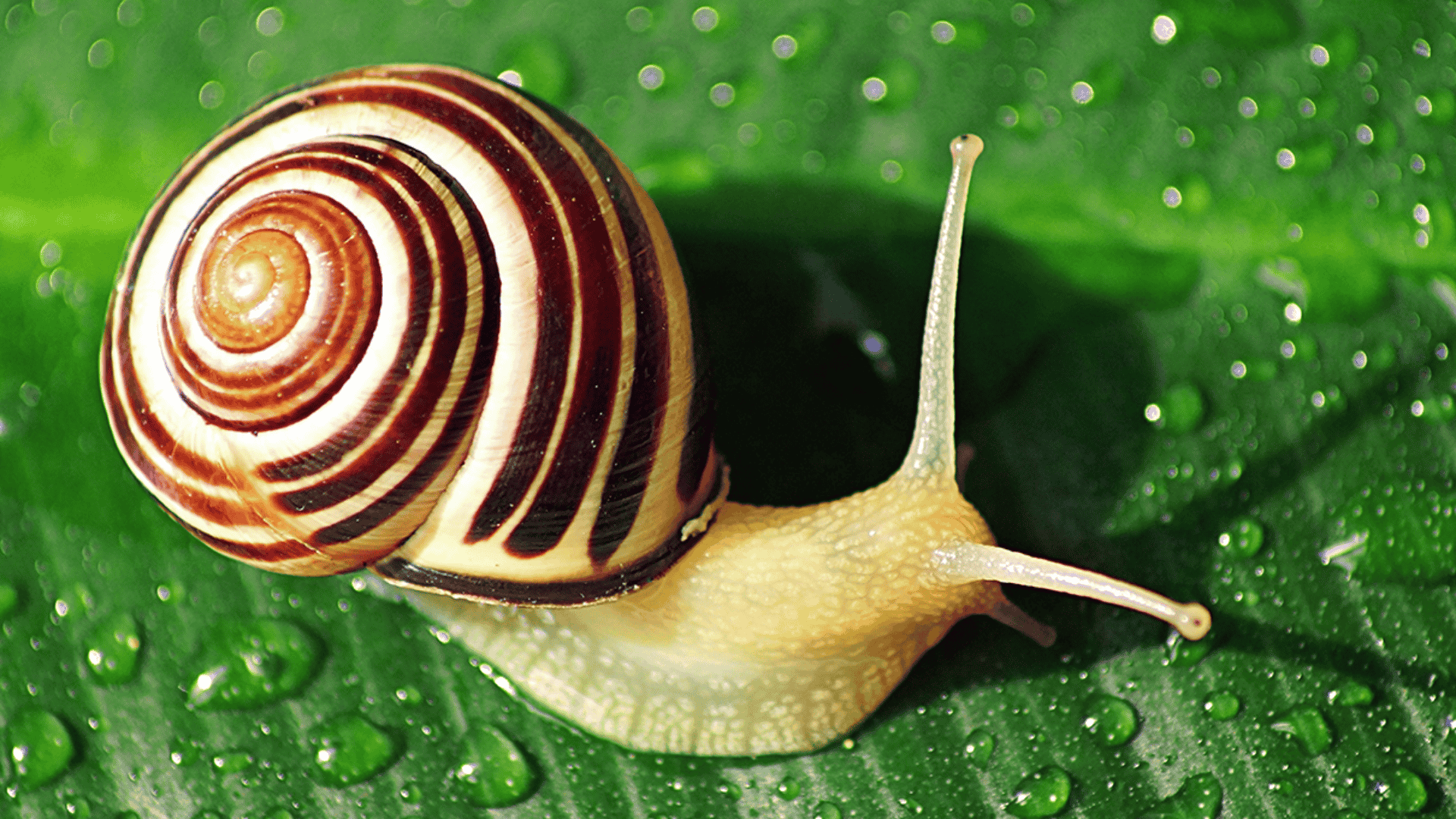
Snails are soft-bodied mollusks with coiled shells. They can be found in a wide variety of habitats, from gardens to oceans.
-
Region of Habitat: Gardens, forests, oceans, and freshwater habitats
-
Scientific Name: Gastropoda
-
Feeding Habits: Herbivorous, feeding on plants, algae, and decaying matter
-
What Sound They Make: Snails do not produce sounds, but their movements may create a faint scraping noise
Fun Facts
Some snails can live for years in a dormant state, sealing themselves into their shells to survive harsh conditions. They also have thousands of tiny teeth used for feeding.
16. Scorpion
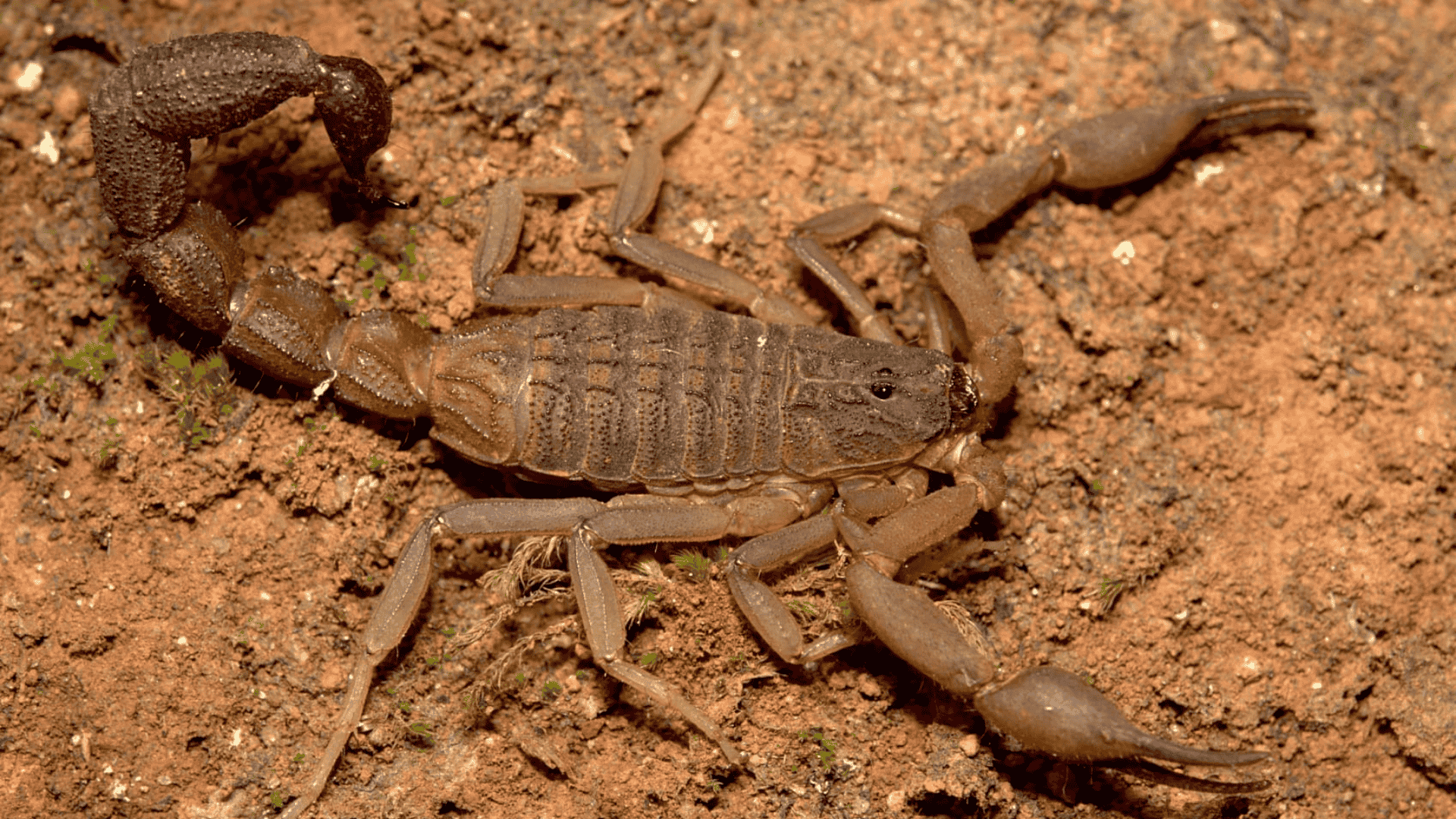
Scorpions are predatory arachnids with venomous stings at the ends of their tail. They are mostly found in deserts and tropical regions.
-
Region of Habitat: Deserts, tropical forests, and grasslands
-
Scientific Name: Scorpiones
-
Feeding Habits: Carnivorous, feeding on insects, spiders, and small vertebrates
-
What Sound They Make: Scorpions are silent but can make noise by rubbing their pincers together
Fun Facts
Scorpions can survive for months without food and are one of the oldest living species, having existed for over 400 million years. A chemical in their exoskeleton causes them to glow under ultraviolet light.
17. Salamander
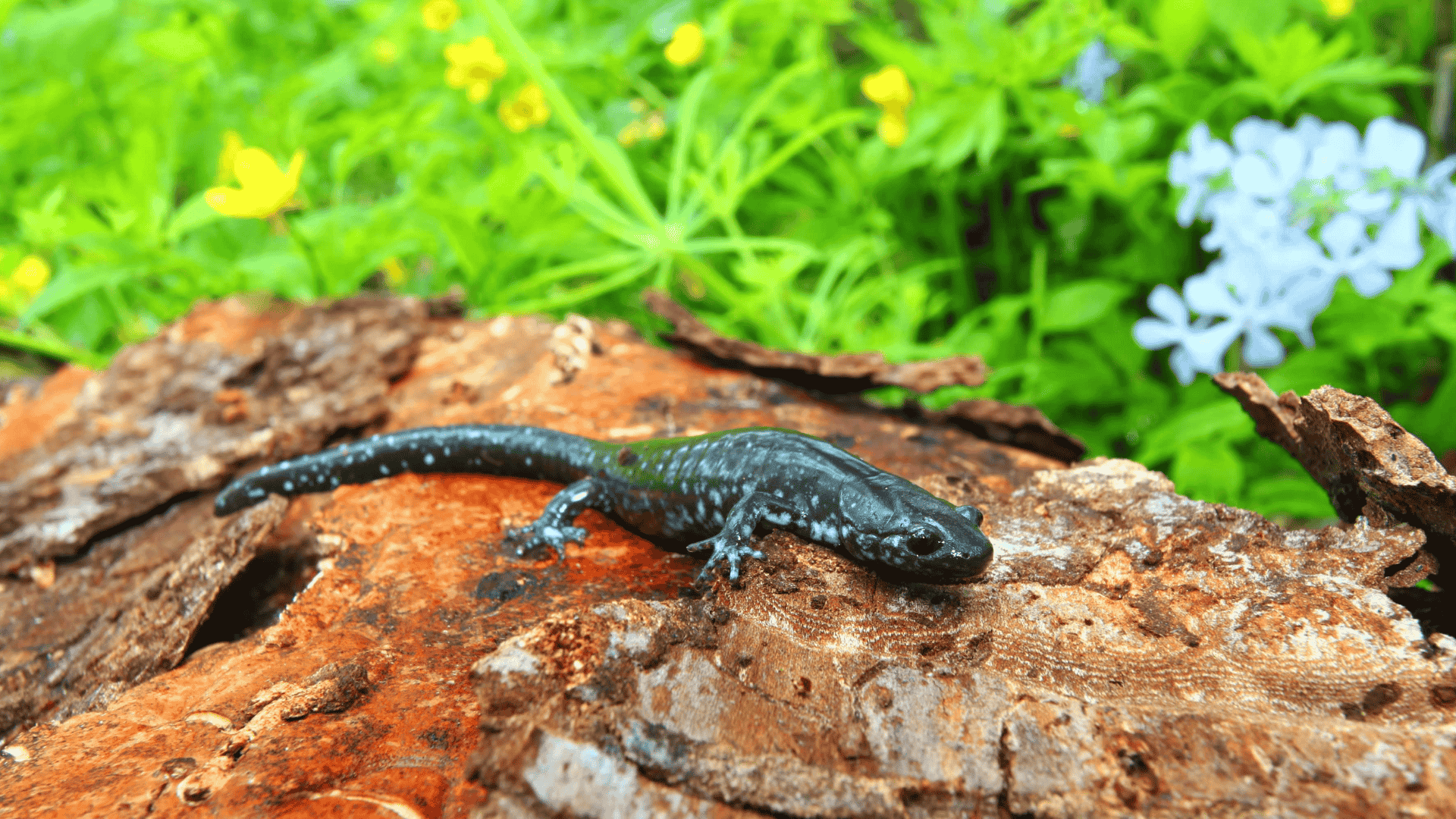
Salamanders are amphibians that often live in moist environments. They are known for their ability to regenerate lost limbs and other body parts.
-
Region of Habitat: Forests, wetlands, and moist environments
-
Scientific Name: Urodela
-
Feeding Habits: Carnivorous, feeding on insects, worms, and small invertebrates
-
What Sound They Make: Salamanders are generally silent but may make low croaking sounds.
Fun Facts
Salamanders can regenerate entire limbs, and some species can even grow back their heart and spinal cord. They also have a keen sense of smell to locate prey.
18. Sea Turtle
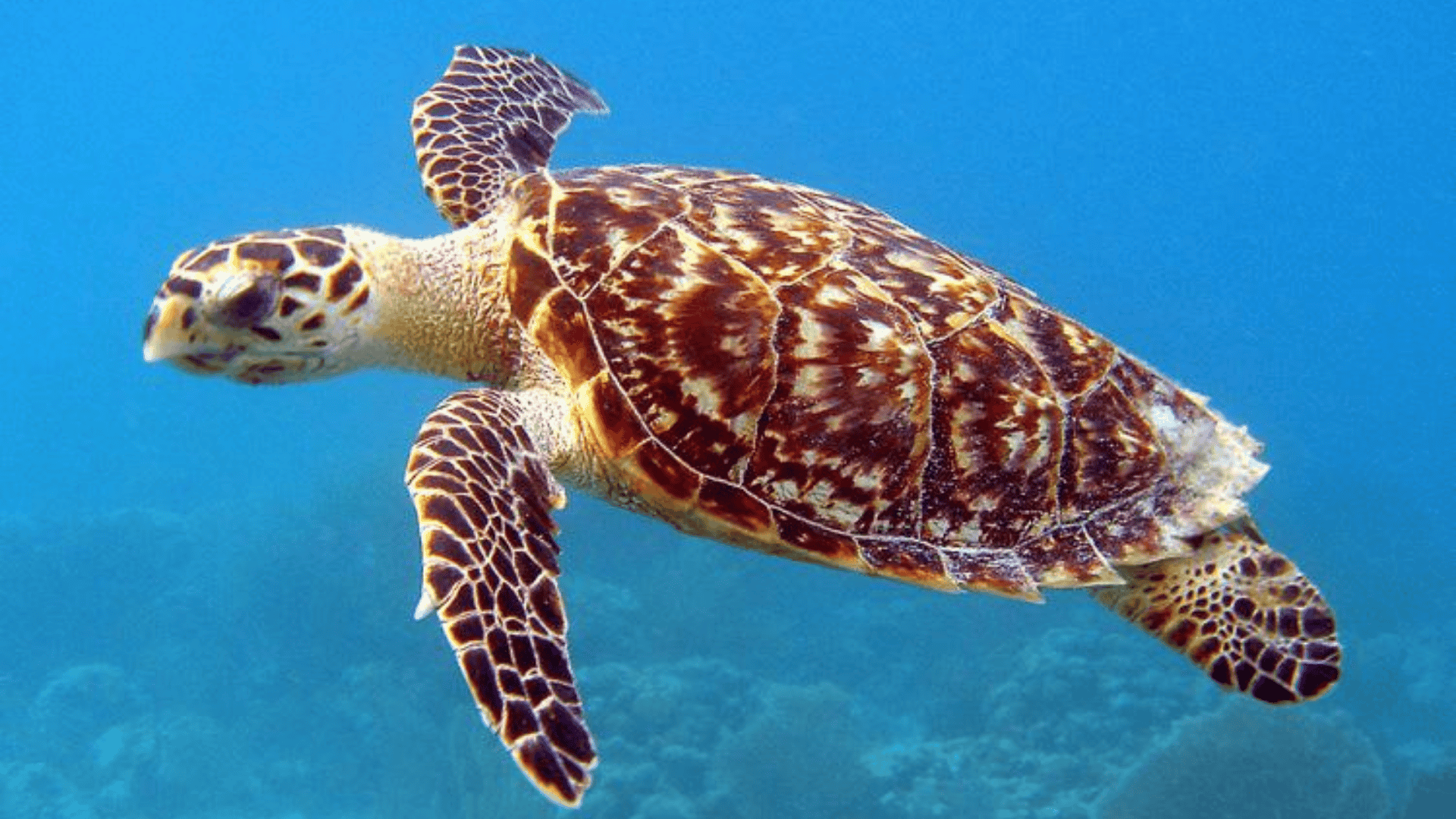
Sea turtles are large reptiles that spend most of their lives in the ocean. They are known for their long migrations to lay eggs on beaches.
-
Region of Habitat: Oceans worldwide, primarily in tropical and subtropical regions
-
Scientific Name: Cheloniidae
-
Feeding Habits: Herbivorous and carnivorous, feeding on seagrasses, jellyfish, and crustaceans
-
What Sound They Make: Sea turtles are silent, although they may grunt during mating.
Fun Facts
Sea turtles can live to be over 100 years old, with some species migrating thousands of miles to find nesting grounds. They are known for their strong, leathery shells.
19. Swordfish
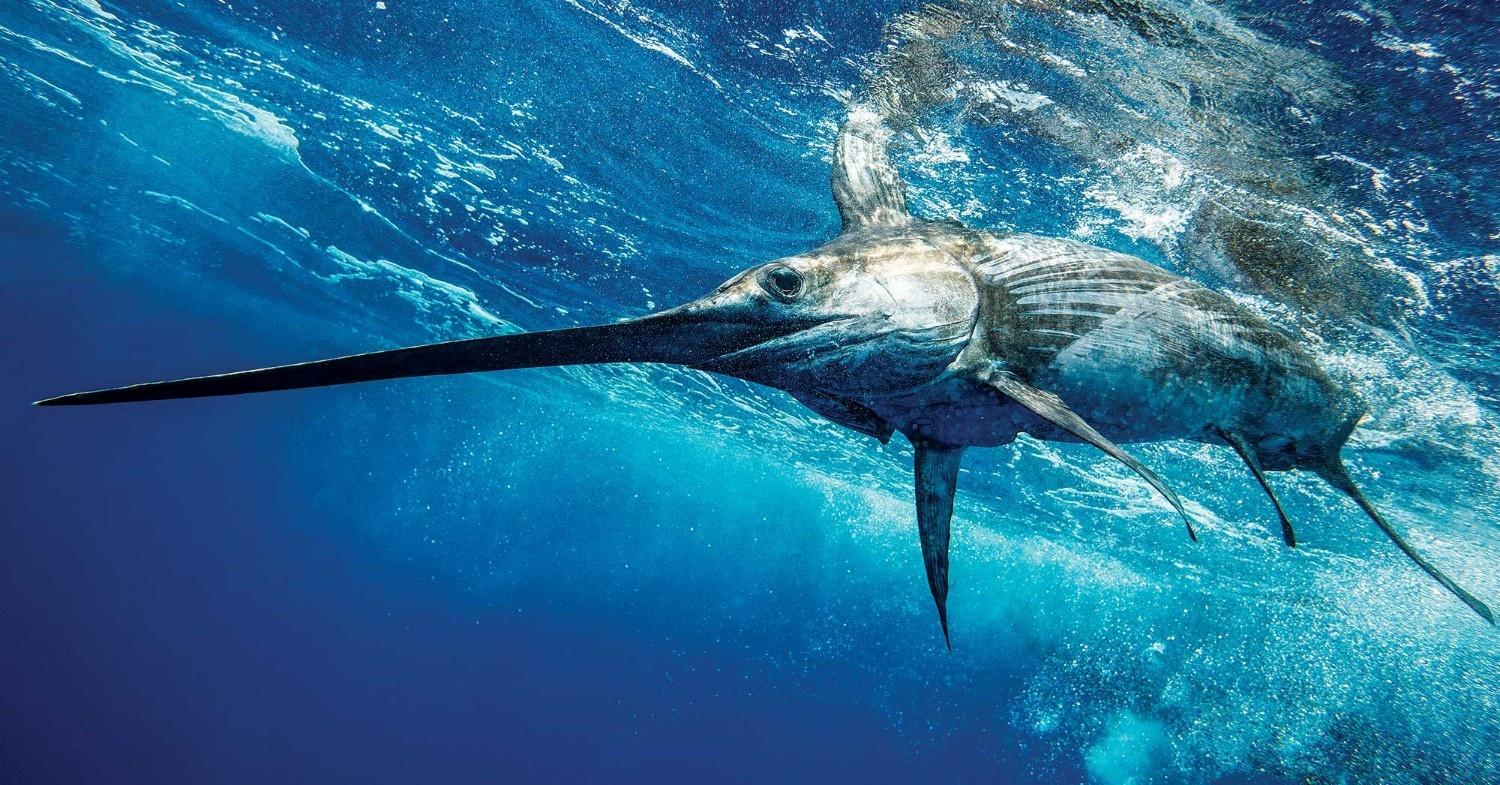
Swordfish are large predatory fish known for their long, flat bills. They are found in the open ocean and are known for their speed and strength.
-
Region of Habitat: Warm waters of the Atlantic, Pacific, and Indian Oceans
-
Scientific Name: Xiphias gladius
-
Feeding Habits: Carnivorous, feeding on fish and squid
-
What Sound They Make: Swordfish are typically silent but may splash the water when moving fast
Fun Facts
Swordfish can swim at speeds up to 60 miles per hour, making them one of the fastest fish in the ocean. Their long, sword-like bills are used to slash at prey.
Rare Animal Names Starting With The Letter ‘S’
20. Stingray
21. Sea lion
22. Snow leopard
23. Stork
24. Squid
25. Serval
26. Siamese cat
27. Siberian husky
28. Sheepdog
29. Sable
30. Sardine
31. Shetland pony
32. Swallow
33. Stallion
34. Setter
35. Shih Tzu
36. Siamese fighting fish
37. Springer spaniel
38. Seagull
39. Silverfish
40. Slow loris
41. Sow
42. Swift
43. Sulphur-crested cockatoo
44. Sun bear
45. Saint Bernard
46. Spoonbill
47. Sarplaninac
48. Swallowtail butterfly
49. Samoyed
50. Sperm whale
51. Sea urchin
52. Spotted hyena
53. Sturgeon
54. Sea cucumber
55. Shoebill
56. Sugar glider
57. Spotted owl
58. Sea anemone
59. Snowy owl
60. Scallop
61. Shearwater
62. Stoat
63. Sarus crane
64. Stick insect
65. Sealyham terrier
66. Scarlet macaw
67. Scottish terrier
68. Screech owl
69. Slug
70. Spaniel
71. Staffordshire bull terrier
72. Sawfish
73. Stinkbug
74. Sussex spaniel
75. Skate
76. Spitz
77. Springbok
78. Snow monkey
79. Spinone Italiano
80. Superb lyrebird
81. Sumatran tiger
82. Sand dollar
83. Sitatunga
84. Souslik
85. Shire horse
86. Siamang
87. Softshell turtle
88. Saiga
89. Sockeye salmon
90. Surinam toad
91. Sawfly
92. Saluki
93. Spotted deer
94. Short-beaked echidna
95. Shar Pei
96. Sea snake
97. Sandpiper
98. Silver fox
99. Snapping turtle
100. Skimmer
101. Siberian tiger
102. Spadefoot toad
103. Southern elephant seal
104. Swamphen
105. Sunbird
106. Stinkpot
107. Scorpionfish
108. Sumatran rhinoceros
109. Savannah monitor
110. Scarab beetle
111. Small-clawed otter
112. Scottish fold
113. Silkworm
114. Spiny lobster
115. Southern right whale
116. Sandgrouse
117. Spectacled bear
118. Siamese crocodile
119. Smooth newt
120. Spotted lanternfly
121. Serval cat
122. Smooth collie
123. Serow
124. Saola
125. Saker falcon
126. Squeaker frog
127. Stonefish
128. Spanish ibex
129. Scimitar-horned oryx
130. Springhare
131. Sand lizard
132. Sulphur butterfly
133. Spadefish
134. Spiny anteater
135. Sea pens
136. Sabertooth blenny
137. Striped dolphin
138. Silver pheasant
139. Solendon
140. Satin bowerbird
141. Starling
142. Steinbok
143. Sand cat
144. Seriema
145. Sifaka
146. Spinifex pigeon
147. Silvertip shark
148. Smooth-coated otter
149. Suni
150. Spectacled caiman
151. Sideneck turtle
152. Sumatran orangutan
153. Spinytail lizard
154. Sungazer
155. Scaup
156. Steller’s sea eagle
157. Short-tailed shrew
158. Speckled mousebird
159. Sea lamprey
160. South American tapir
161. Scarlet tanager
162. Striped skunk
163. Sicklebill
164. Siberian crane
165. Striated caracara
166. Saiga antelope
167. Slender mongoose
168. Spot-billed duck
169. Steenbok
170. Sparrowhawk
171. Smooth hammerhead
172. Shovelnose sturgeon
173. Sebae anemone
174. Silver-backed jackal
175. Stoat weasel
176. Spotted cuscus
177. Spotted handfish
178. Stellar sea lion
179. Short-tailed albatross
180. Spiny bush viper
181. Scissor-tailed flycatcher
182. Swamp wallaby
183. Swamp rabbit
184. Siberian musk deer
185. Sandhill crane
186. Siamese algae eater
187. Striped hyena
188. Short-eared owl
189. Sun conure
190. Spectral tarsier
191. Squirrelfish
192. Speckled rattlesnake
193. Snowshoe hare
194. Spix’s macaw
195. Sheatfish
196. Sumatran elephant
197. Spiny dogfish
198. Sandperch
199. Sociable weaver
200. Shovel-nosed snake
201. Saddle-backed tamarin
202. Silvereye
203. Smooth earthsnake
204. Sculptured nudibranch
205. Spoonbill catfish
206. Squaretail coralgrouper
207. Shoveler duck
208. South African penguin
209. Szechuan takin
210. Silver arowana
211. Swinhoe’s pheasant
212. Swamp eel
213. Superb fairywren
214. Siberian accentor
215. Slender-billed curlew
216. Six-lined racerunner
217. Spiny-tailed monitor
218. Sika deer
219. Siganus rabbitfish
220. Siamese sheet crab
221. Scheltopusik
222. Seychelles warbler
223. Seram cockatoo
224. Screaming hairy armadillo
225. Scissorbill
226. Sponge crab
227. Spiny seahorse
228. Sawtooth catshark
229. Sac-winged bat
230. Seven-banded armadillo
231. Streaked tenrec
232. Striped polecat
233. Sulawesi bear cuscus
234. Sulawesi flying fox
235. Swinhoe’s stripe-necked turtle
236. Silky anteater
237. Sunda flying lemur
238. Shield-tailed agama
239. Short-faced kangaroo
240. Sipo snake
241. Six-banded armadillo
242. Smoky jungle frog
243. Southern tamandua
244. Spadefoot frog
245. Spectacled dormouse
246. Spiny softshell turtle
247. Spotted-necked otter
248. Stripe-necked mongoose
249. Sulawesi macaque
250. Sunda pangolin
251. Swamp antechinus
252. Short-nosed echidna
253. Slender-tailed meerkat
254. Southern cassowary
255. Sand swimmer
256. Secretarybird
257. Striped marlin
258. Staghorn sculpin
259. Spotted wobbegong
260. Silvery lutung
261. Sydney funnel-web spider
262. Striped rocket frog
263. Sulawesi crested macaque
264. Southern screamer
265. Sinosauropteryx
266. Snowflake moray eel
267. Speckled king snake
268. Slender-billed gull
269. Smooth-fronted caiman
270. Sundaland clouded leopard
271. Swamp tiger beetle
272. Southern bald ibis
273. Seven-colored tanager
274. Swallowtail moth
275. Sage thrasher
276. Scaly-sided merganser
277. Sikkim vole
278. Sambar deer
279. Satanic leaf-tailed gecko
280. Sao Tome shrew
281. Sable antelope
282. Sargassumfish
283. Silvery mole-rat
284. Sokoke scops owl
285. Sunbeam snake
286. Sunburst diving beetle
287. Stone loach
288. Stripe-backed wren
289. Seychelles magpie-robin
290. Silky pocket mouse
291. Spiny softshell turtle
292. Striped grass mouse
293. Southern pudú
294. Spotted-tail quoll
295. Speckled bush cricket
296. Silvery marmoset
297. Spiny-tailed gecko
298. Shovel-snouted lizard
299. Siberian flying squirrel
300. Satyr tragopan
301. Sunda stink badger
302. Saw-scaled viper
303. Sickle-winged chat
304. Siskin
305. Sunangel hummingbird
306. Sombre greenbul
307. Silver-backed chevrotain
308. Speckle-throated otter
309. Streaked weaver
310. Small-spotted catshark
311. Stubfoot toad
312. Seram bandicoot
313. Sunda slow loris
314. Sulawesi palm civet
315. Short-toed snake eagle
316. Scarce swallowtail
317. Shovel-nosed frog
318. Southern ground hornbill
319. Swamp antpitta
320. Sulphur-bellied flycatcher
321. Spot-winged thrush
322. Shrew-faced squirrel
323. Speke’s gazelle
324. Striped dung beetle
325. Sunda colugo
326. Streaked spiderhunter
327. Striped possum
328. Southern giant petrel
329. Smoky honeyeater
330. Scalloped hammerhead
331. Siberian chipmunk
332. Slender loris
333. Spiny hill turtle
334. Sonoran desert toad
335. Schomburgk’s deer
336. Salvin’s albatross
337. Somali wild ass
338. Spangled drongo
339. Southern dibbler
340. Siberian sturgeon
341. Spectral bat
342. Sawback angelshark
343. Splendid fairywren
344. Silvery-cheeked hornbill
345. Speckled pigeon
346. Snubfin dolphin
347. Saffron-cowled blackbird
348. Senegal parrot
349. Sichuan takin
350. Spectacled petrel
351. Silver-studded blue butterfly
352. Sao Tome fiscal
353. Seychelles sheath-tailed bat
354. Siberian jay
355. Sheath-tailed bat
356. Salt marsh harvest mouse
357. Shovel-nosed sturgeon
358. Short-beaked common dolphin
359. Sicklebill hummingbird
360. Scaly-throated honeyguide
361. Sahelian crested lark
362. Santa Marta parakeet
363. San Francisco garter snake
364. Samoan flying fox
365. Samar hornbill
366. Sangihe tarsier
367. São Tomé grosbeak
368. Sakalava weaver
369. Sable sable-tooth blenny
370. Sapayoa
371. Saffron toucanet
372. Salvadori’s fig parrot
373. Serendib scops owl
374. Senkaku mole
375. Sillem’s mountain finch
376. Spectacled Flying Fox
377. Stresemann’s bristlefront
Wrapping It Up
Our trip through the world of S-animals reveals the remarkable richness of our planet’s biodiversity.
These creatures, whether soaring through skies, swimming in seas, or scurrying across savannas, each play vital roles in their ecosystems.
Some face serious threats from habitat loss and climate change, making our understanding and appreciation all the more crucial.
The spiny anteater and snow leopard remind us that conservation efforts must continue to protect these magnificent beings.
From the smallest silverfish to the largest sperm whale, S-animals demonstrate nature’s boundless creativity and resilience.
So, next time you spot a sparrow or spy a spider’s web, take a moment to appreciate these special creatures. They share our world, improve our lives, and deserve our respect and protection!
If you’re interested in more informative animal and wildlife content, feel free to click here and explore other blogs that you might enjoy!

